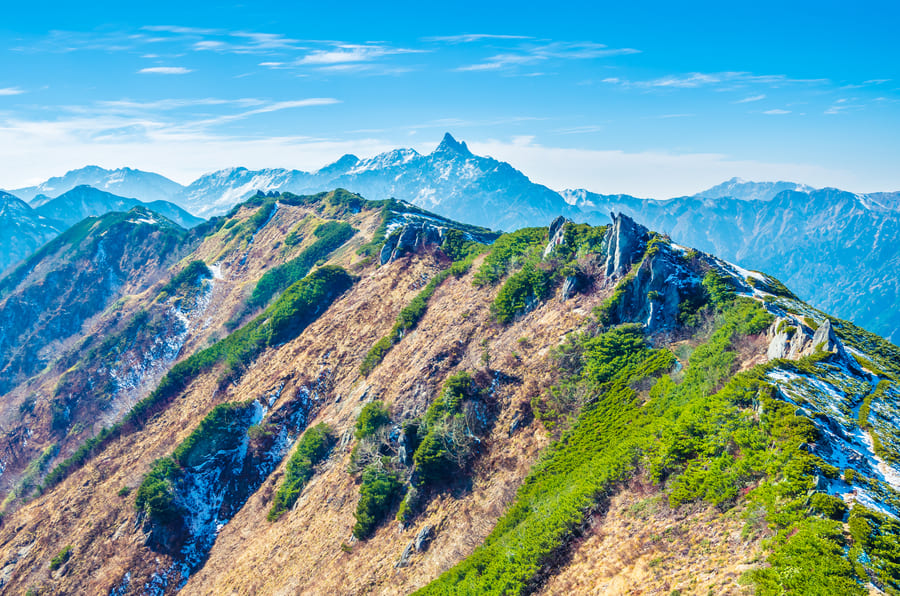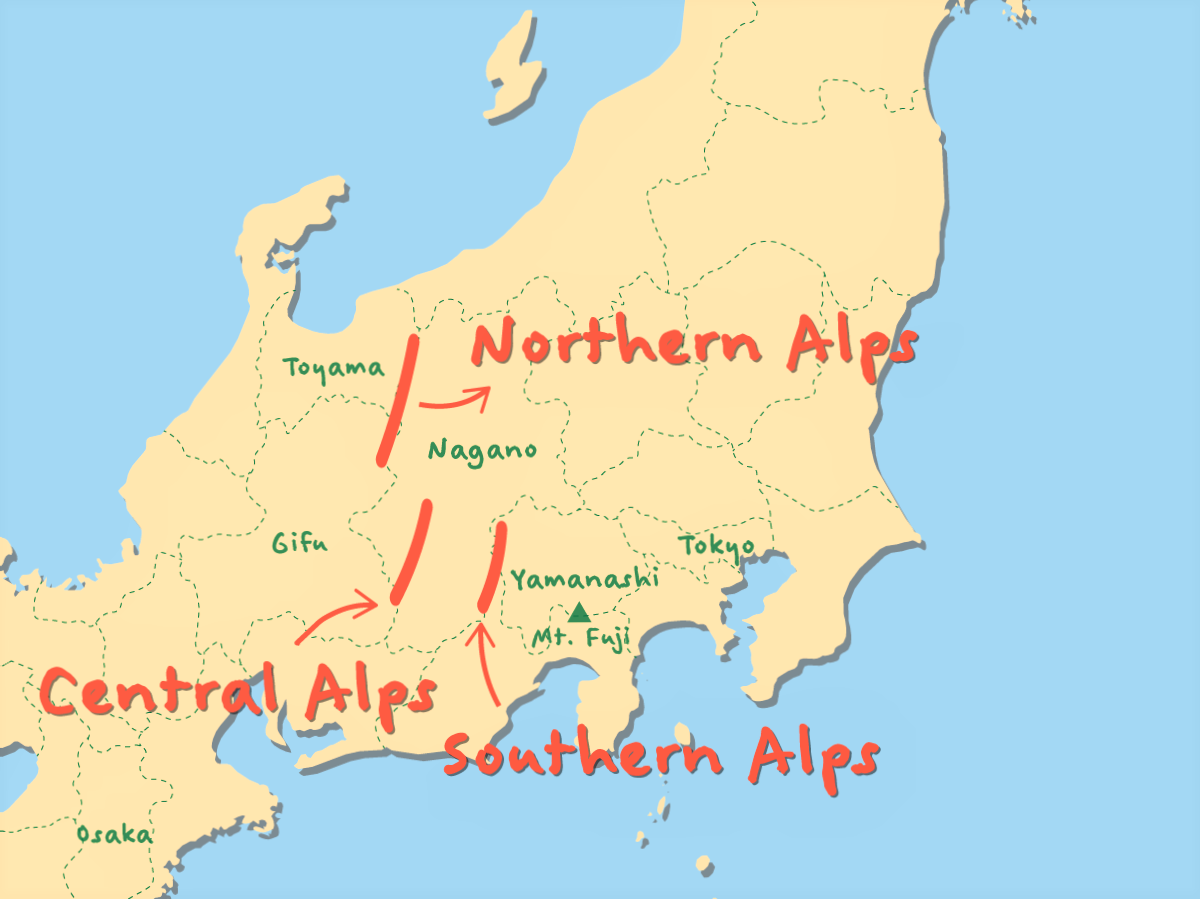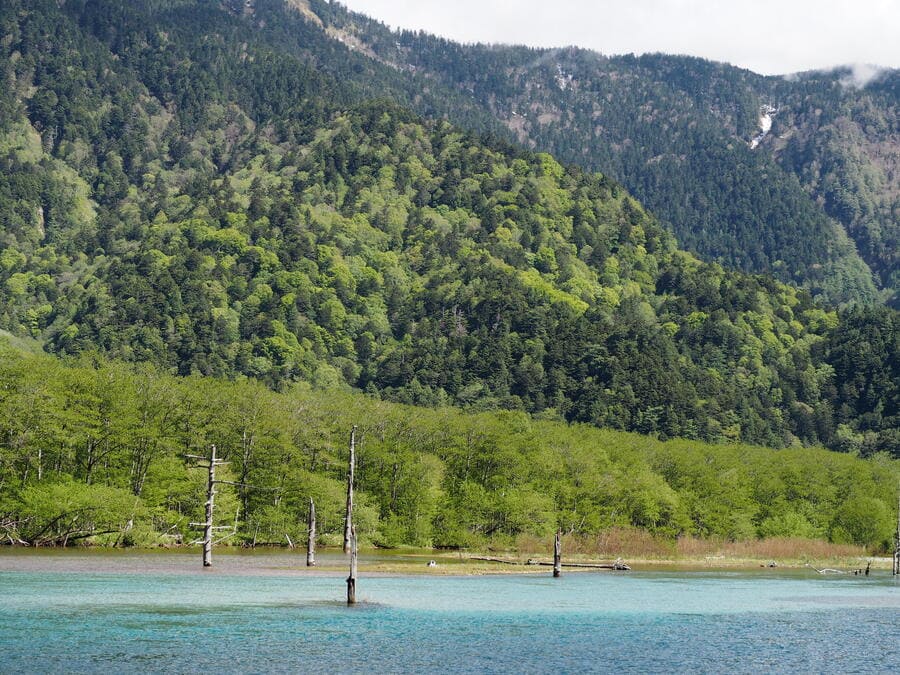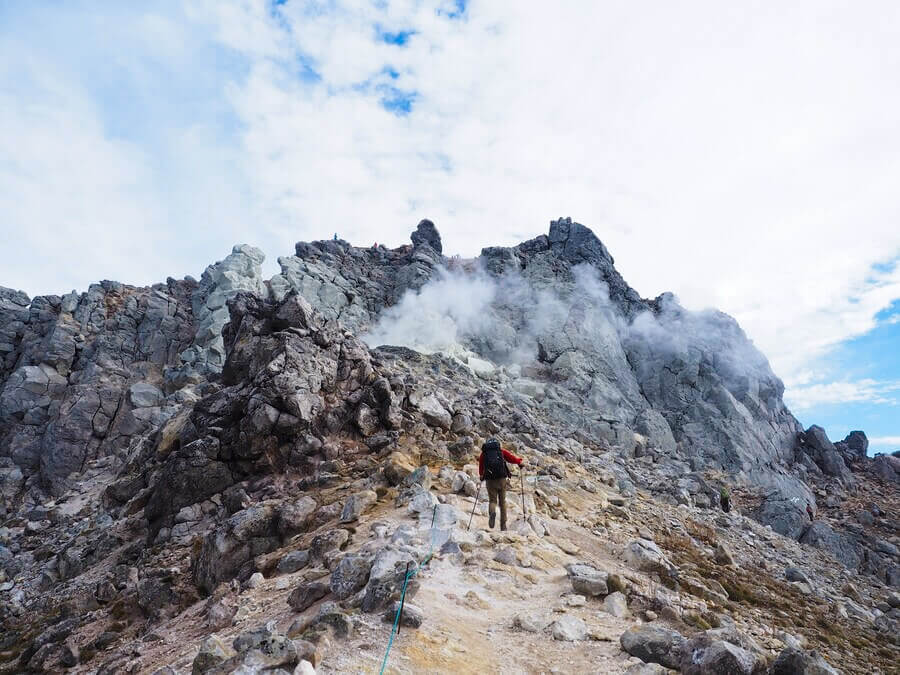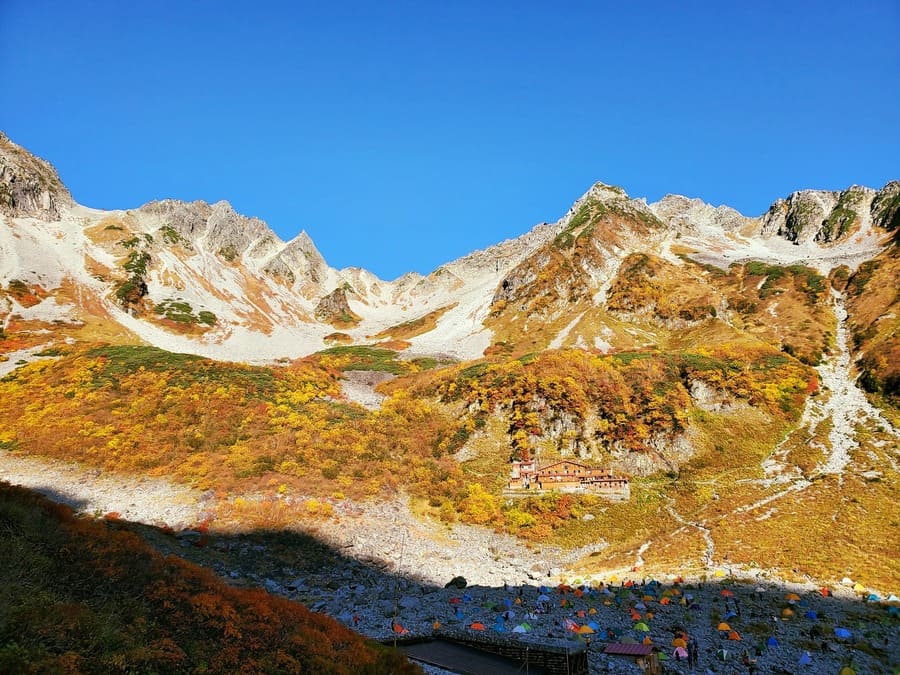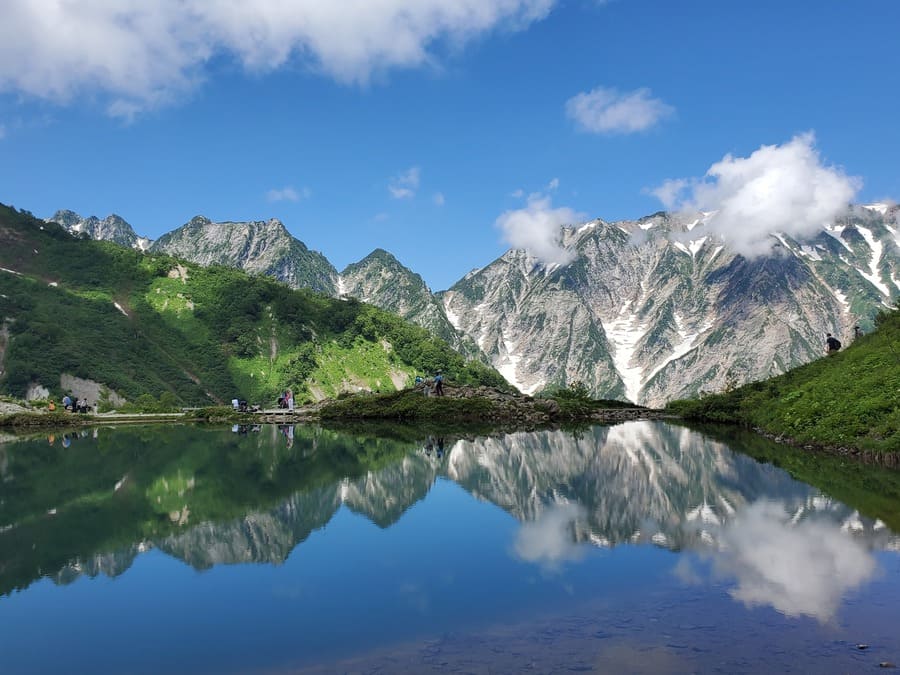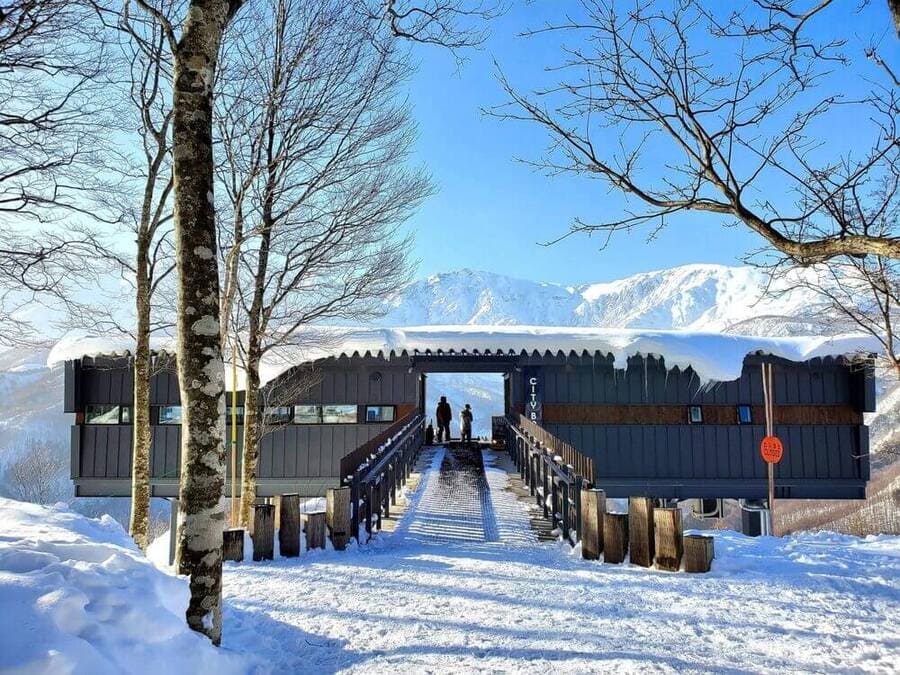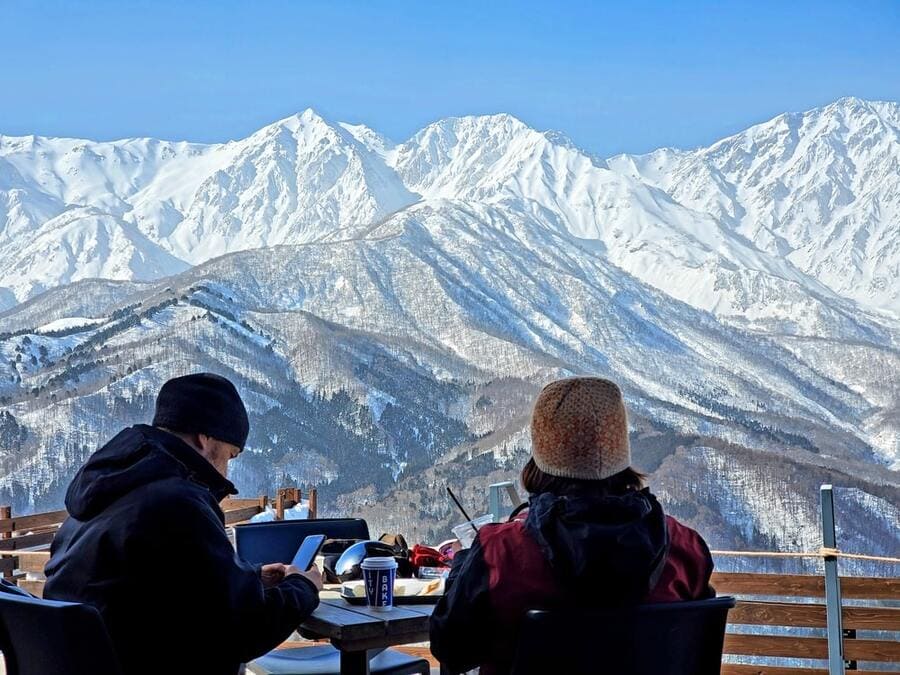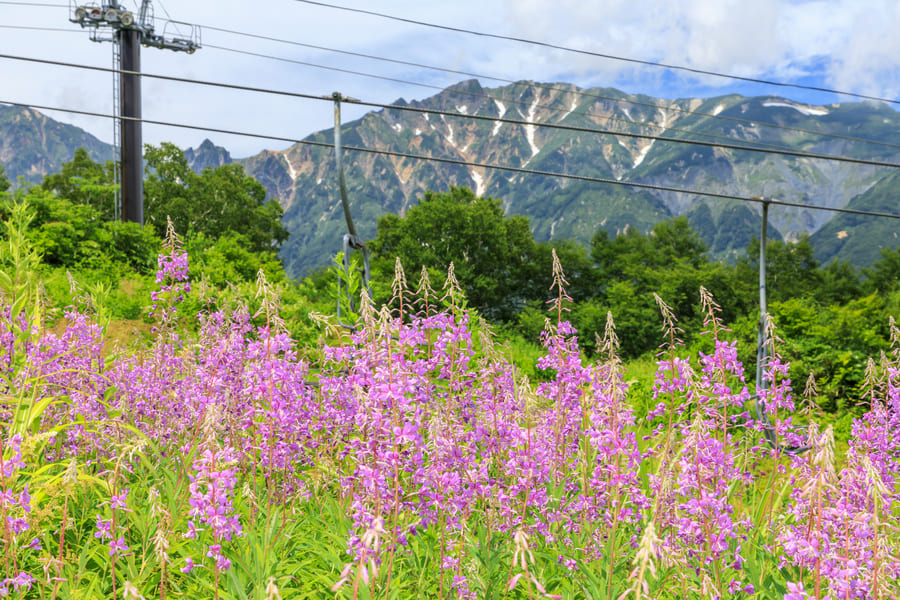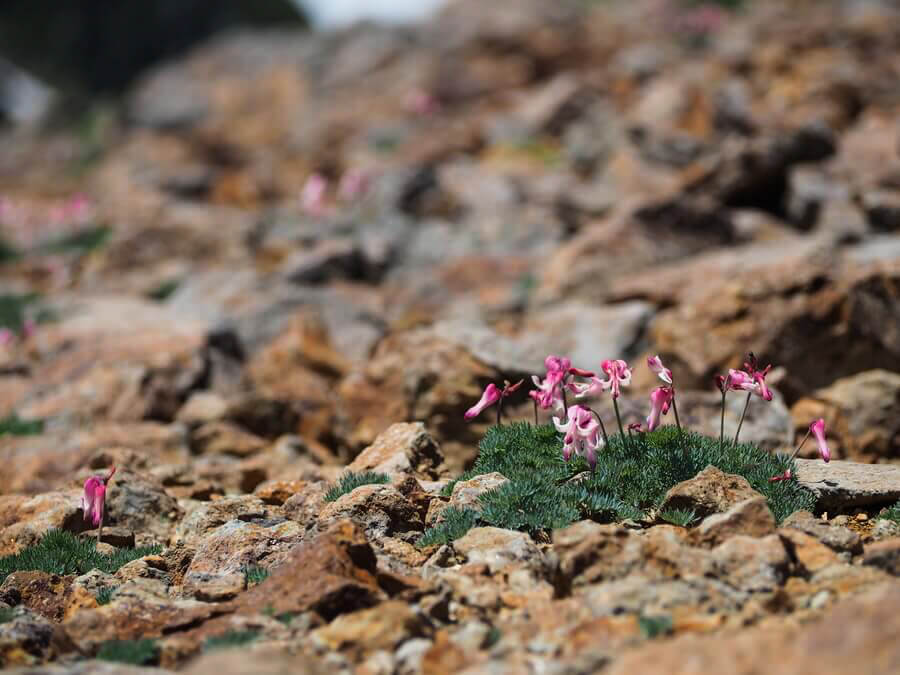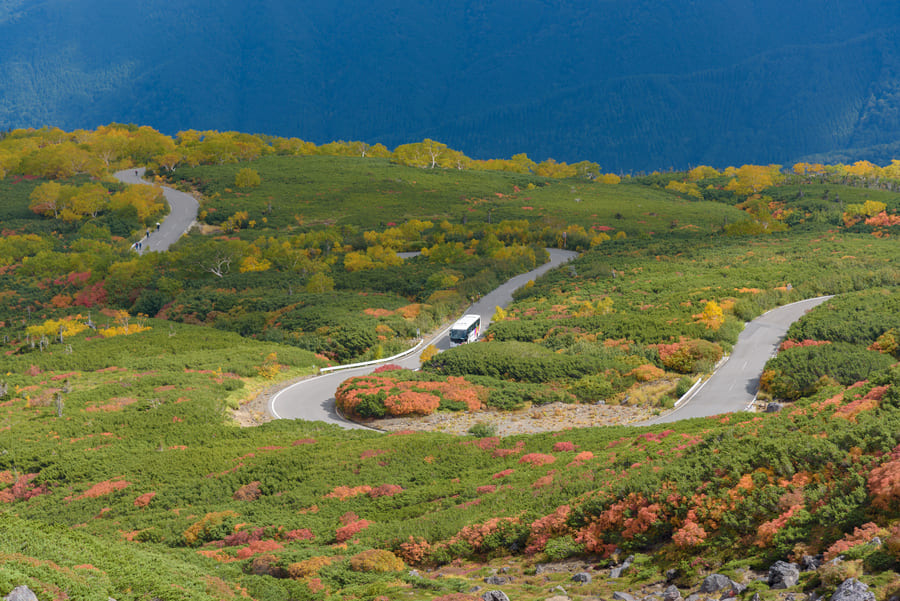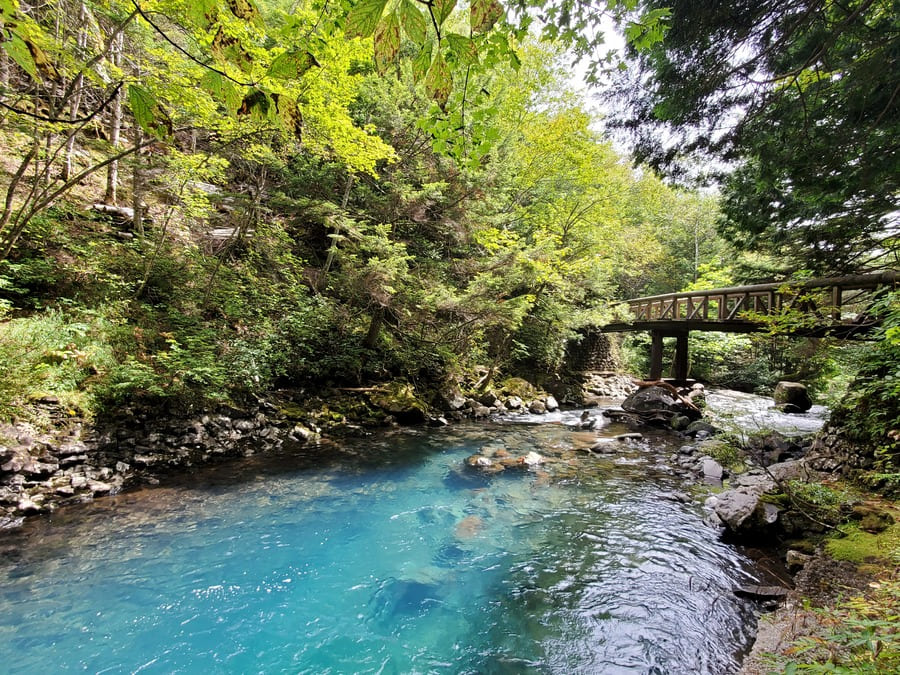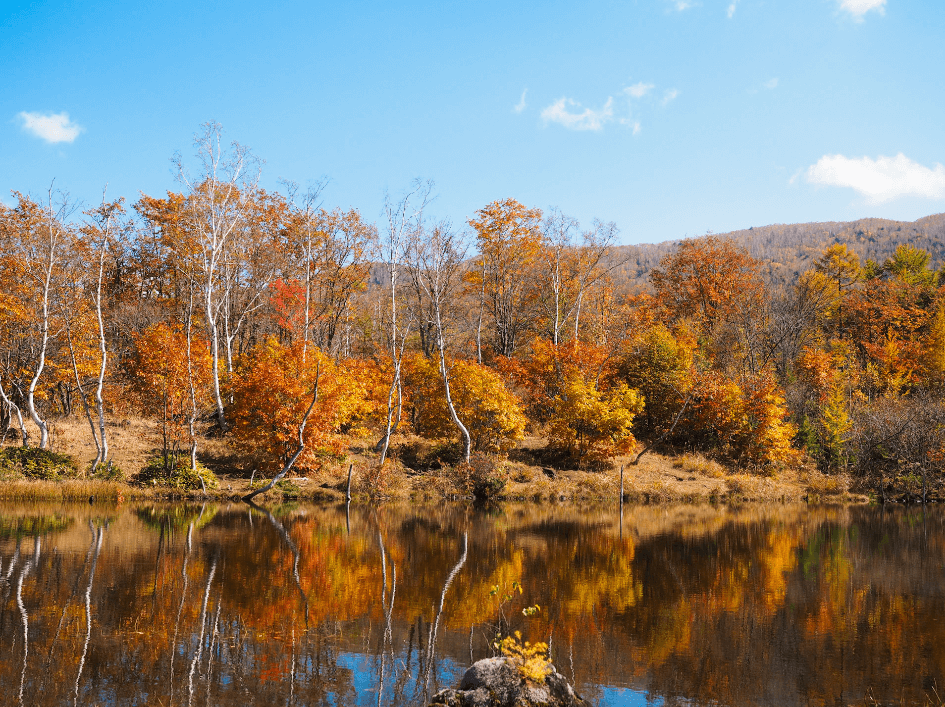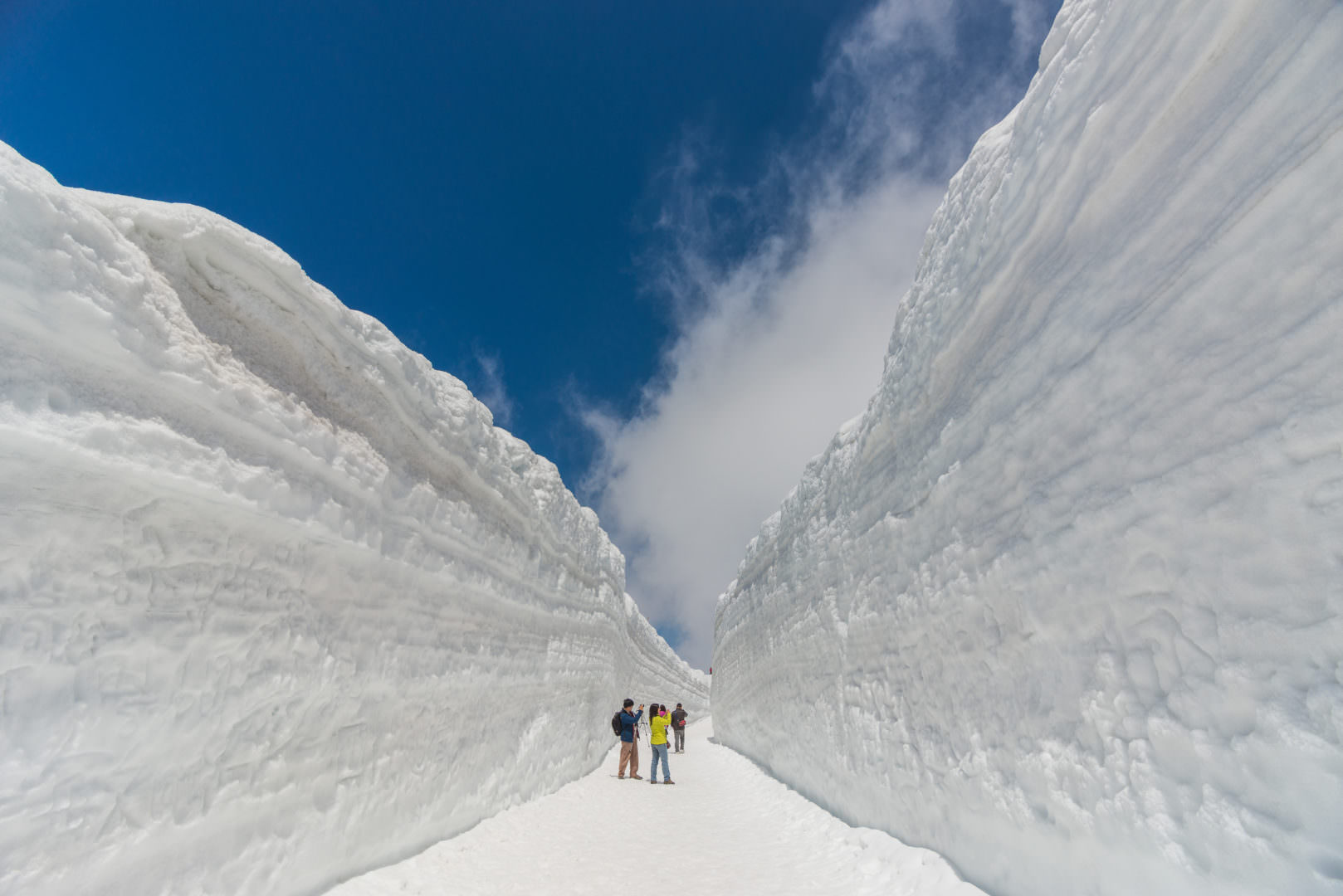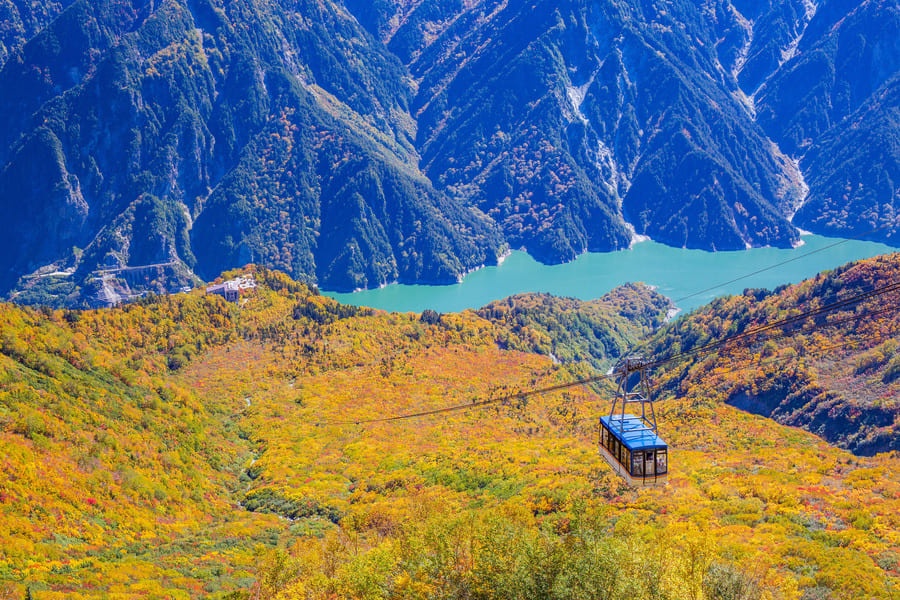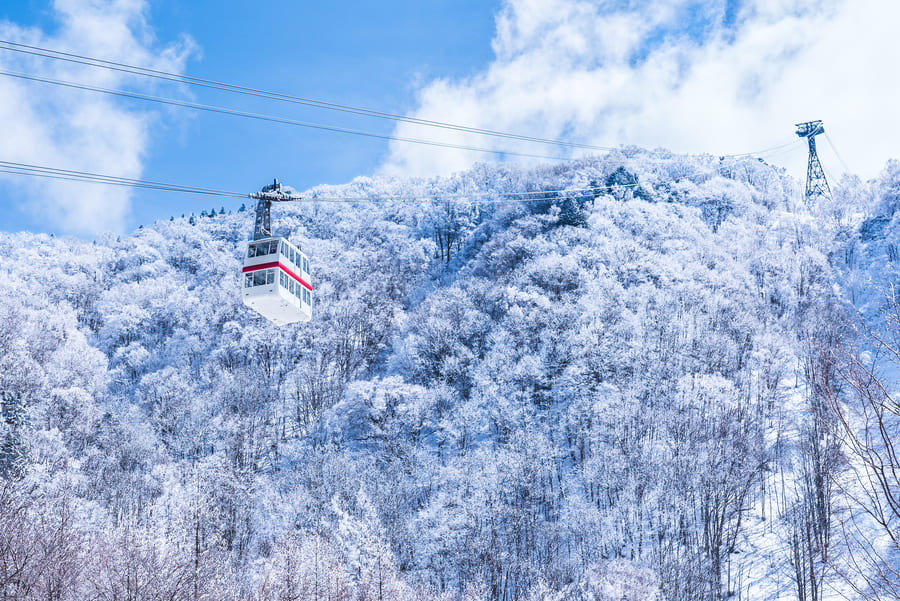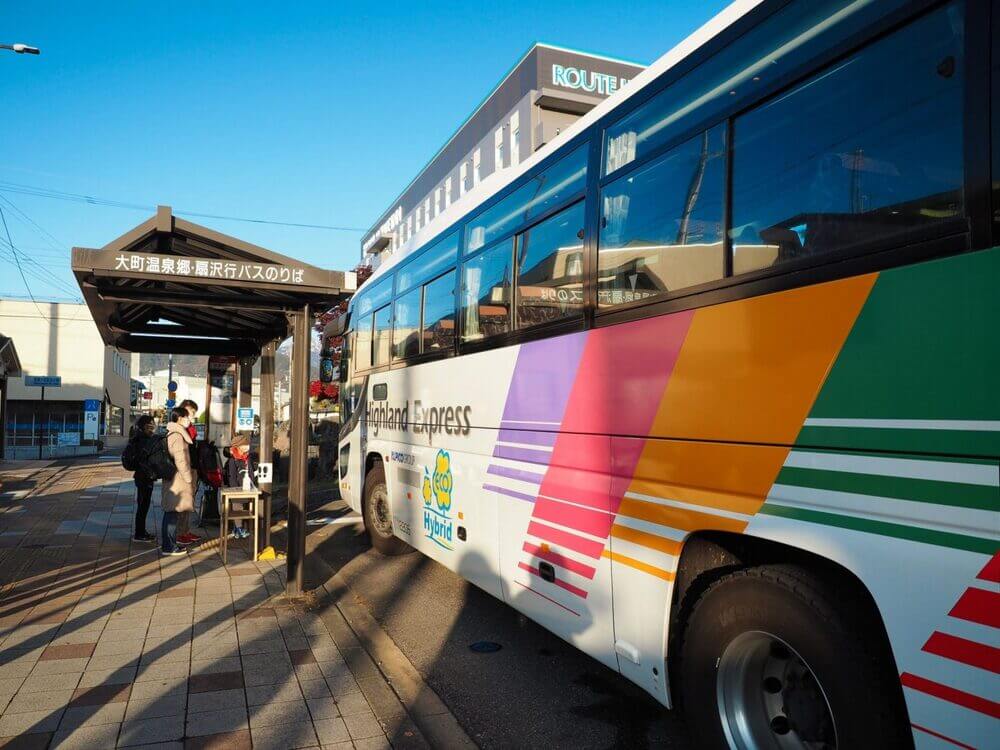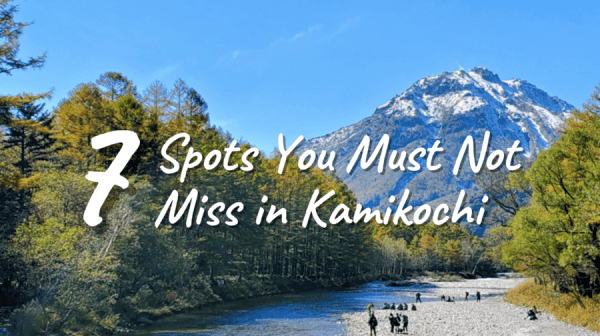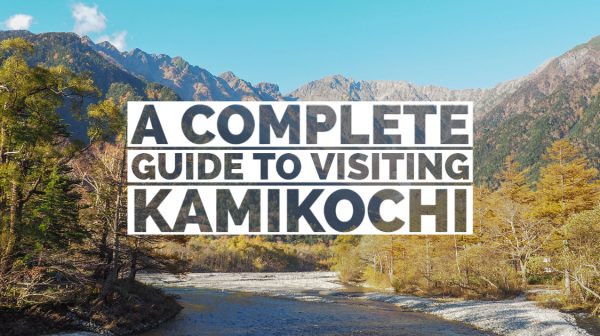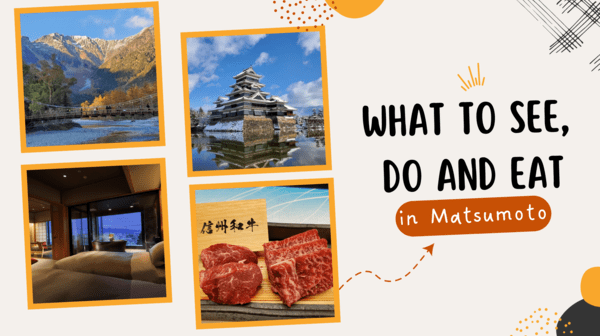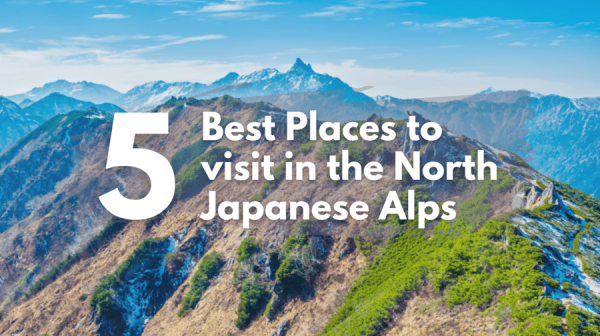Tokyo tower, Kiyomizu Temple, Mt Fuji, Hiroshima’ Atomic Bomb Dome, Hakone… Been there, done that? How about diving deep into Japan’s natural wonders in the Japanese Alps?
Summary
- 1. What is the Japanese Alps?
- 2. 5 Recommended places to visit in the North Japanese Alps
- 2.1. Kamikochi
- 2.2. Hakuba
- 2.3. Norikura
- 2.4. Tateyama Kurobe Alpine Route
- 2.5. Shin-Hotaka Ropeway
- 3. Access to the North Japanese Alps
- 3.1. Getting to Kamikochi
- 3.2. Getting to Hakuba
- 3.3. Getting to Matsumoto
- 3.4. Getting to Nagano
- 3.5. Getting to Norikura
- 3.6. Getting to Tateyama Kurobe Alpine Route
- 3.7. Getting to Shin-Hotaka Ropeway
What is the Japanese Alps?
The Japanese Alps, also known as the “Roof of Japan” is divided broadly into 3 mountainous regions: northern (Hida Mountains), central (Kiso Mountains), and southern (Akaishi Mountains).
The Northern Alps lies along the prefectural borders between Nagano, Gifu and Toyama. Most of the areas are within Chubu Sangaku National Park, with 10 out of 21 three-thousanders on this mountain range! Within the Northern Japan Alps area, there can be divided into 3 areas: Yari/Hotaka area, Tateyama/Hakuba/Tsurugi area, and Ontake/ Norikura.area.
5 Recommended places to visit in the North Japanese Alps
Here are our 5 favorite spots in the North Japanese Alps.
Kamikochi
Kamikochi is probably the most popular mountain travel destination on this list. It is hard to not fall in love with this picturesque valley. Getting off the bus at Taisho Pond to start hiking to Kappa Bridge and Myojin Pond is the easiest way to enjoy the highlights in Kamikochi. The park is opened from April 17 until November 15. Mark your calendar so you don’t miss the date!
Around late mid-May to mid-July, where everything turns into fresh green and crystal blue, is our recomended time to visit Kamikochi.
Read also:
For those who aim to summit the peaks beyond Kamikochi, there are so many peaks you can conquer. Mt. Yari (Yarigatake) and the peaks on Hotaka mountain range, namely Mt. Oku-Hotaka, Mt. Mae-Hotaka and Mt. Kita-Hotaka. These are ones that require some hiking experiences. The easier ones are Mt. Yake (Yakedake) and Mt Chogatake.
Apart from these peaks, although it is only half-way to the summit, Karasawa Cirque and Dakesawa are also highly recommended to the less experienced hikers.
Read also:
Hakuba
Hakuba is one of the top-class ski resorts in Japan and always crowded with skier from all around the world. Sadly, it is often overlooked in green season. Here are some breathtaking spots you must visit in Hakuba during the warmer seasons!
Hakuba Happo Pond
Hakuba Happo Pond is definitely one of our top picks in the North Japanese Alps. This jaw-dropping pond is on the halfway to Mt. Karamatsu, at the altitude of 2,060m. If the weather cooperates, you will see the reflection of the “Three Peaks of Hakuba” on the pond. (The Three Peaks of Hakuba consists of Mt. Shirouma, Mt. Yakushi and Mt. Shirouma-Yarigatake.)
The gondola and ski lifts will bring you up to an elevation of 1,830m in just a few minutes. From the Hakuba-ike Sanso lift station, it is only about 1.5 hours walk to the pond.
Read also:
Check out our vlog hiking to the Happo Pond here!
Tsugaike Nature Park
The most iconic photo of Tsugaike Nature Park is the hiking trail in a vast open Watasuge (cotton grass) marshland that turns golden yellow in autumn with the snowcapped mountains in the background.
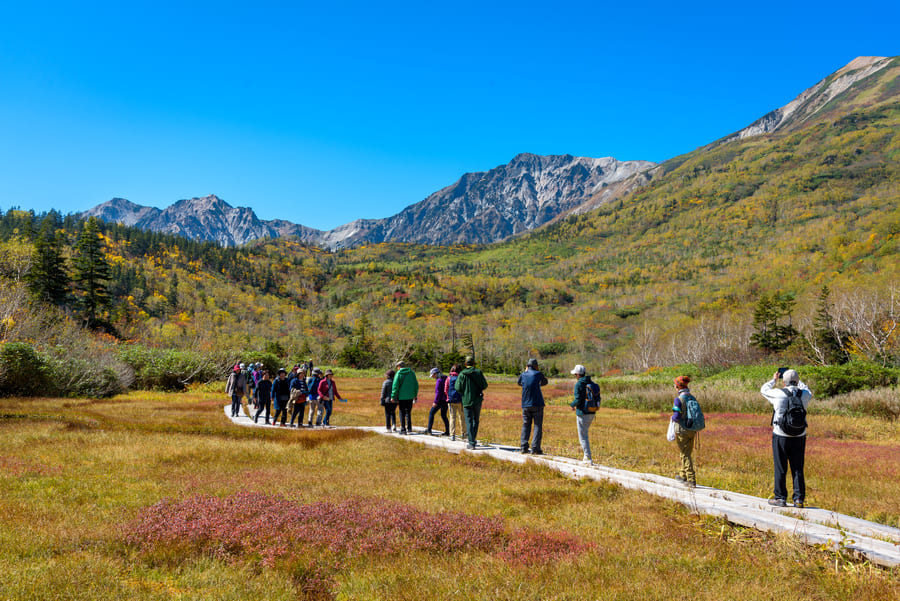
This hiking trail is not challenging and is recommended to everyone. The whole trail is only about 5.5 km and takes about 3 hours and a half to finish. The goal for this short hiking trail is the viewpoint where you can appreciate the beautiful snow valley (daisekkei) and majestic views of the Japanese Alps up close.
Read also:
A Day Filled with Ropeway Rides and Stunning Autumn Foliage in the Tsugaike Nature Park
Hakuba Mountain Harbor
Hakuba Mountain Harbor is one of the hot spots in Hakuba Iwatake, attracting many Japanese and foreign travelers. The terrace viewpoint is floating on a cliff, facing the majestic view of Hakuba’s Three Peaks (Hakuba Sanzan): Shirouma, Shakushi, and Hakuba Yari. You can enjoy the panorama view here while having a cup of good coffee and muffins!
Apart from the splendid view, there are various activities to do: mountain biking, hiking, and riding on “Yoo-hoo! Swing”, mountain cart or buggy cruise!
Read also:
Hakuba Goryu Botanical Garden
If you love flowers, take the “Telecabin Gondola” from Hakuba Escal Plaza to Hakuba Goryu Botanical Garden to enjoy flower watching!
During summer, different kinds of alpine and non-alpine flowers take turns blooming from June until September. The peak period of blooming alpine flowers is around the month of July. You can see pink Komakusa (Dicentra peregrina), the queen of alpine flower, from June until August.
The garden covers the whole area from Alps-daira station to the to the highest lift station. From there, you can hike to Mt. Kotomiyama (2,007m), about 3 hours up and down.
Norikura
Norikura is a lesser-known area in the Japanese Alps with so many hidden charms to be explored, only about an hour from Kamikochi. If you are a going to visit both, we recommend using 2-Day Free Passport, a discounted bus pass.
Mt. Norikura Tatamidaira
Mt. Norikura (3,026m) is famous for being a three-thounsander that is easy to climb as a daytrip. Alpico and Nohi buses will take you to the highest bus terminal in Japan at an altitude of 2,702m, from there you have only about 300 meter left to conquer the peak!
The scenery along the Echoline road from Norikura Kogen to the summit during autumn season is another attraction not to be missed, so don’t sleep on the bus!
Read also:
During the spring season from late April until the end of June, you can get on “Haruyama Bus”, a special bus that will bring you from Norikura Kogen to enjoy the towering snow walls near the summit of Mt. Norikura. Check out this video below!
Norikura Kogen (highlands)
Norikura Kogen is where you have to transfer a bus to get to Mt. Norikura. There are many attractive ponds, falls and natural hot springs to enjoy. You can rent a mountain bike or an e-bike to visit those beautiful spots.
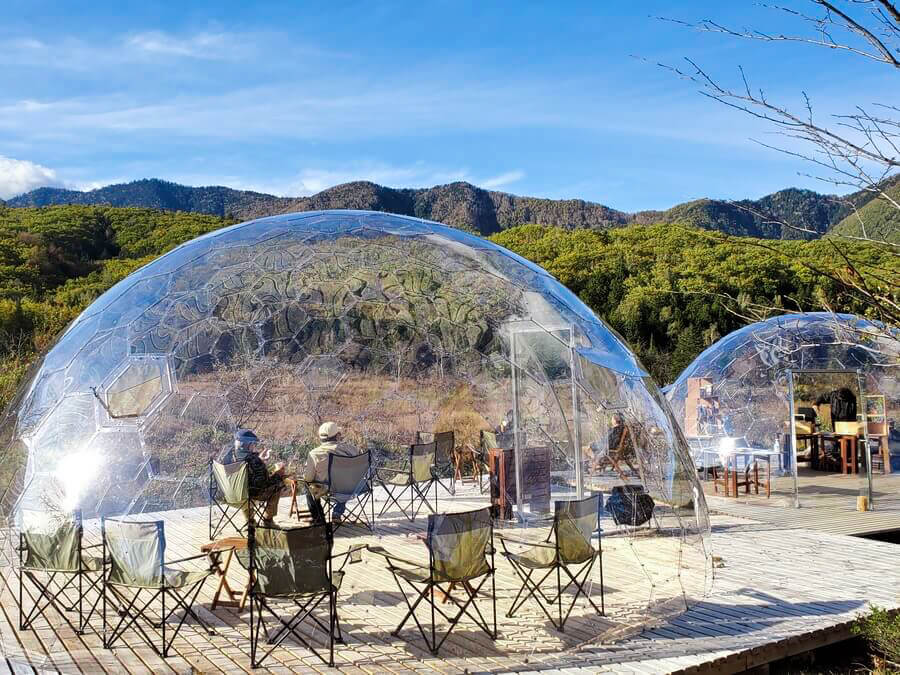
Tateyama Kurobe Alpine Route
The Tateyama Kurobe Alpine Route is undeniably the most famous destination in the Japanese Alps for its majestic snow walls. This 90-kilometer scenic route starts from Ogizawa to Tateyama station, crossing the Japanese Alps. It is worth visiting not only during spring season but also in summer and autumn for hiking.
Read also:
Shin-Hotaka Ropeway
Do you like traveling through the sky? This Japan’s first double-decker ropeway will take you from an altitude of 1,117m to 2,156m to witness the greatness of the North Japanese Alps. Halfway to the observation deck, there’s a footbath and outdoor hot spring waiting for you! From the summit station, Nishihotaka-guchi station, you can enjoy hiking to Mt. Nishihomaruyama (2,452m) and Kamikochi (1,500m).
Access to the North Japanese Alps
These breathing spots above are all located in the mountainous area where trains don’t reach. But don’t worry because the access is possible by public bus. Read below for details on how to get there and bus timetables.
Getting to Kamikochi
To preserve natural environment, private cars are not allowed inside the park. To get to Kamikochi, please use public transportations by train and bus.
Getting to Hakuba
The easiest way to travel to Hakuba is by bus. There are various bus lines running from major cities such as Tokyo, Osaka, Nagano and even from Narita and Haneda Airport. If you have a JR East pass, you can take a Shinkansen train from Tokyo to Nagano station then change to a bus to get to Hakuba, as well.
Getting to Matsumoto
Matsumoto acts as a transport hub, connecting train and bus to from major cities to the popular tourist destinations around the Japanese Alps. Matsumoto is accessible by both train and highway bus.
Getting to Nagano
Like Matsumoto, Nagano city is another major transport hub in Nagano prefecture, especially if you are traveling to Hakuba, Togakushi and Tateyama Kurobe Alpine Route. Shinkansen can bring you as far as Nagano city (1.5 hrs), from there it is necessary to use a local bus to get to the final destinations.
See all the bus timetables to Nagano and nearby sightseeing >
Getting to Norikura
To get to Norikura Kogen (highland), it is recommended to travel from Nagano side, via Shin-Shimashima station by train and bus. However, if you are going to Mt. Norikura, it is accessible from both Nagano (via Norikura Kogen) and Gifu (via Honoki-daira).
Getting to Tateyama Kurobe Alpine Route
Tateyama Kurobe Alpine Route is accessible from both ends in Nagano and Toyama. There is a direct bus service from Tokyo and Osaka/Kyoto to Ogizawa station which is a starting point to the alpine route from Nagano side during hiking season. Traveling from Nagano station to Ogizawa is also another popular travel option.
Getting to Shin-Hotaka Ropeway
Shin-Hotaka can be accessed from both Takayama and Matsumoto by bus via Hirayu onsen.

